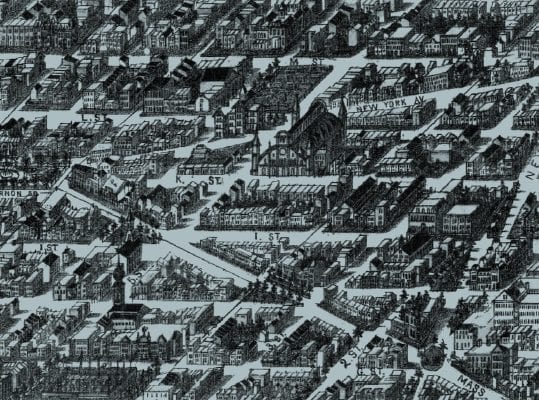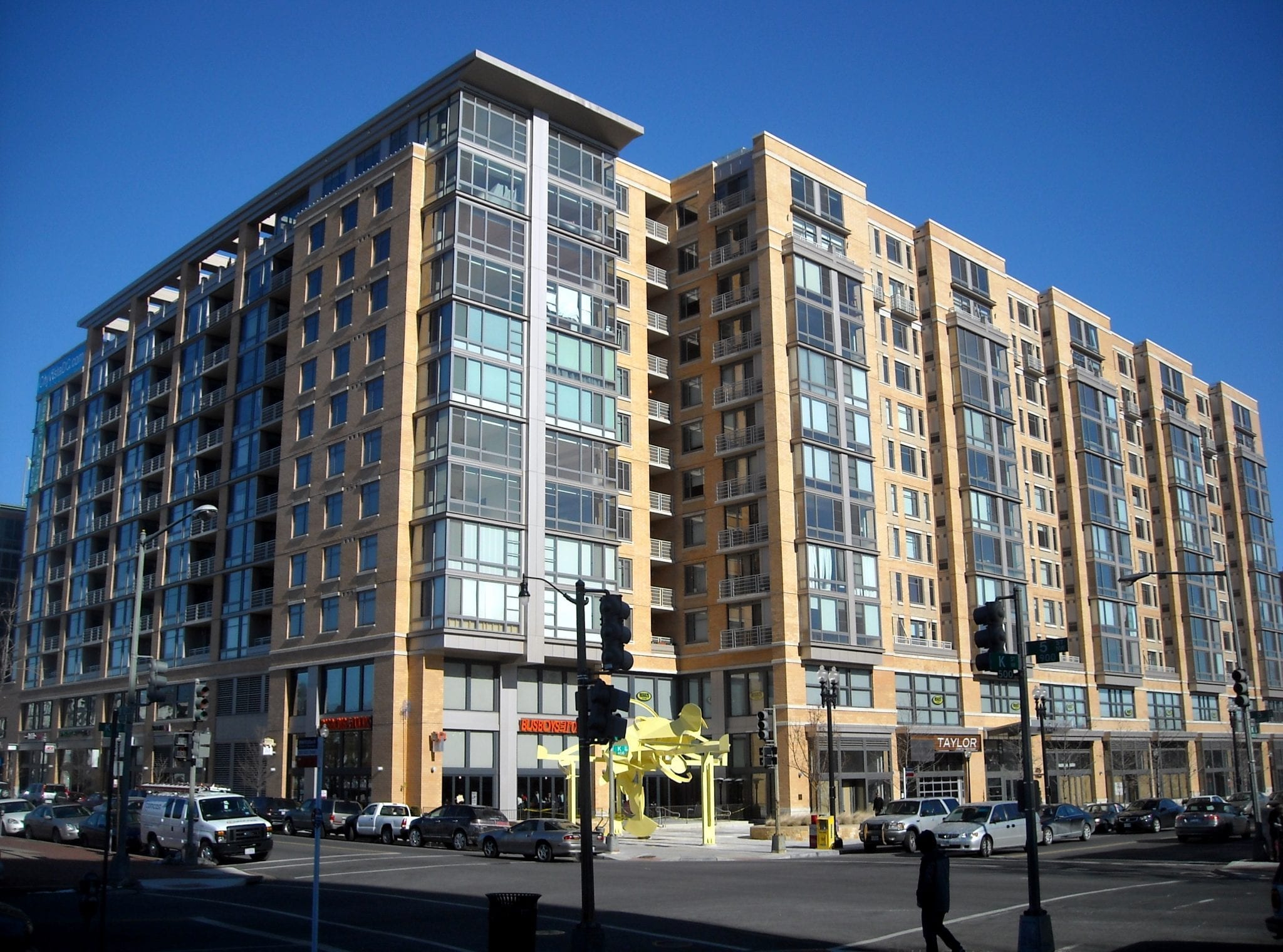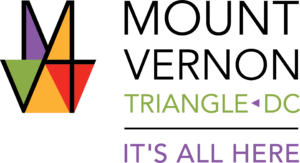Pierre L’Enfant laid out Mount Vernon Square as one of 15 public reservations that were designed as focal points in the Federal City.

The area around Mount Vernon Square was known as the Northern Liberties, a moniker given to areas that were beyond the “limits of the city.”
In the first decade of the 19th Century, Congress provided funds to pave 7th Street, NW from Pennsylvania Avenue, NW to Boundary Street (now Florida Avenue) along Mount Vernon Square. The new 7th Street became an important transportation and commerce corridor, bringing new residents and businesses to the Northern Liberties neighborhood.
In 1843, neighborhood residents petitioned the City Council to create a public market at Mount Vernon Square.
By 1845, the Northern Liberties Market opened on the 7th Street side of Mount Vernon Square, serving as a produce market with indoor and outdoor stalls. The market flourished and the building was expanded to accommodate the growing demand.
In 1872, the Northern Liberties Market moved to a bigger, more modern facility at 5th and K Streets, NW with stalls for more than 240 vendors.
Other businesses such as feed stores, tailors, bars, and a dairy bottling plant clustered around the 5th & K Street location to be proximate to Northern Liberties Market customers. Today, the Mount Vernon Triangle Historic District has a collection of 23 contributing buildings remaining. In 1893, Northern Liberties Market also became DC’s first Convention Hall when a second floor was added to accommodate 5,000 spectators. In 1925, the owners converted the large second floor space into 50 bowling alleys.
In 1946, a devastating fire swept through the building. The market reopened in 1955 but never fully recovered. It was shut for good in 1963. In 1966, what remained of the building was converted into the Wax Museum. However, residents and businesses continued to leave the neighborhood. The empty Northern Liberties Market was torn down in 1985
MOUNT VERNON SQUARE
After Northern LIberties Market left Mount Vernon Square, the area was redesigned as a public park, with a central fountain, benches, and detailed landscaping. In 1899, Andrew Carnegie committed funds to pay for the design and construction of the city’s central public library in Mount Vernon Square. The new facility was designed in the Beaux-Arts style and opened in 1903. The Carnegie library served as the city’s central library through the 1950s. Thanks to the Fine Arts Commission, the building still stands. Today the building is owned and operated by Events DC and is home to the DC Historical Society. In 2016, Apple announced executed a letter of intent to open a global flagship store in the Carnegie Library, restoring this iconic and historic landmark and establishing a new, global retail destination.
Redevelopment
The redevelopment of 30 acres of underutilized land in Mount Vernon Triangle began with an innovative and dynamic public-private partnership in 2002. The DC Office of Planning and ten major property owners in Mount Vernon Triangle worked to develop a comprehensive plan to revitalize the area. The DC Office of Planning and Economic Development, National Capital Revitalization Corporation, DC Department of Transportation, and the Mount Vernon Triangle Alliance were major partners. This collaborative effort produced the 2003 Mount Vernon Triangle Action Agenda, which was unveiled publicly by Mayor Anthony Williams in March 2004.
The Action Agenda includes four key action items, designed to ensure the successful development of the neighborhood:
- Developing comprehensive design recommendations for a truly livable neighborhood
- Establishing a retail plan to identify and attract a healthy mix of urban shops and services to create active and vibrant streets
- Coordinating capital improvements, including great public spaces, green space, plazas and public art
- Creating a Community Improvement District

Mount Vernon Triangle has become an extraordinary mixed-use neighborhood in the East End of downtown Washington, DC.
In 2004, the Mount Vernon Triangle Community Improvement District was created to foster a clean and safe environment, promote economic development, market Mount Vernon Triangle and coordinate planning of public and private investment with the District government. Today there is 1.7 million square feet of office, 3,691 residential units, 238 hotel rooms, and 282,564 square feet of retail existing and under construction. The MVT neighborhood is projected to have a total build out of 2.6 million square feet of office, 4,827 residential units, 591 hotel rooms, and 356,564 square feet of retail.


